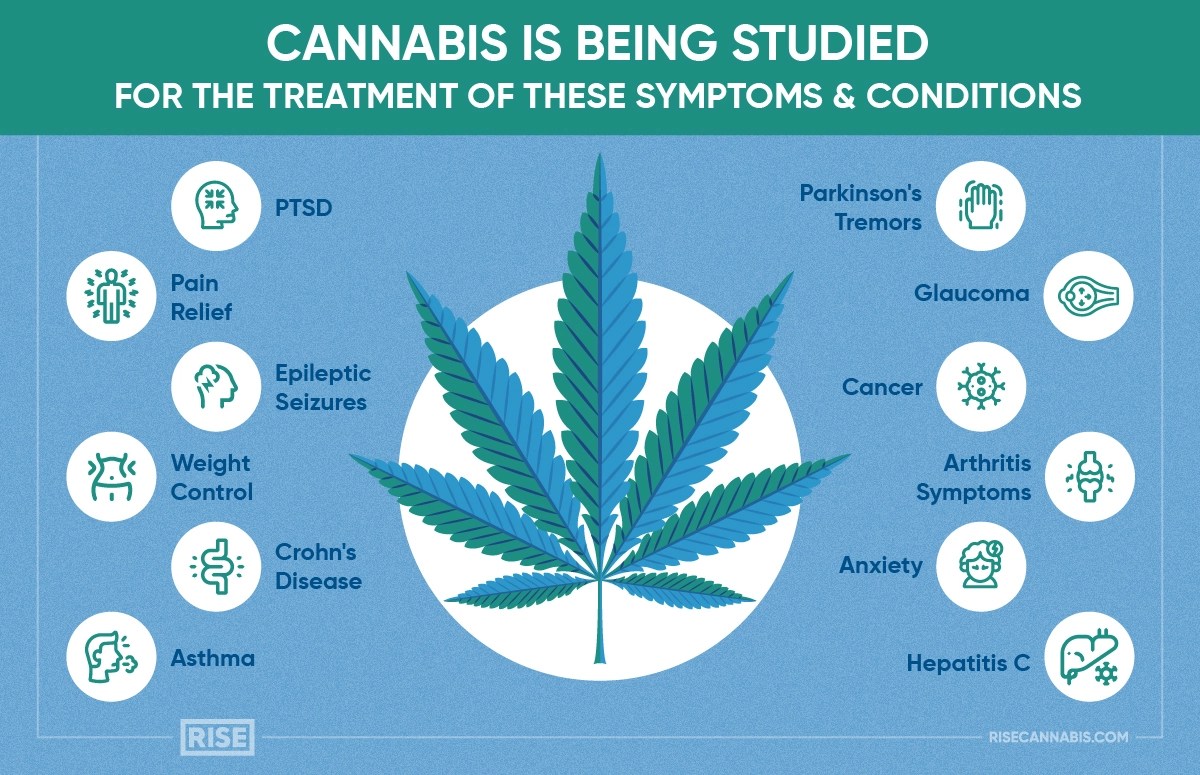What are some of the Therapeutic Effects of Cannabis
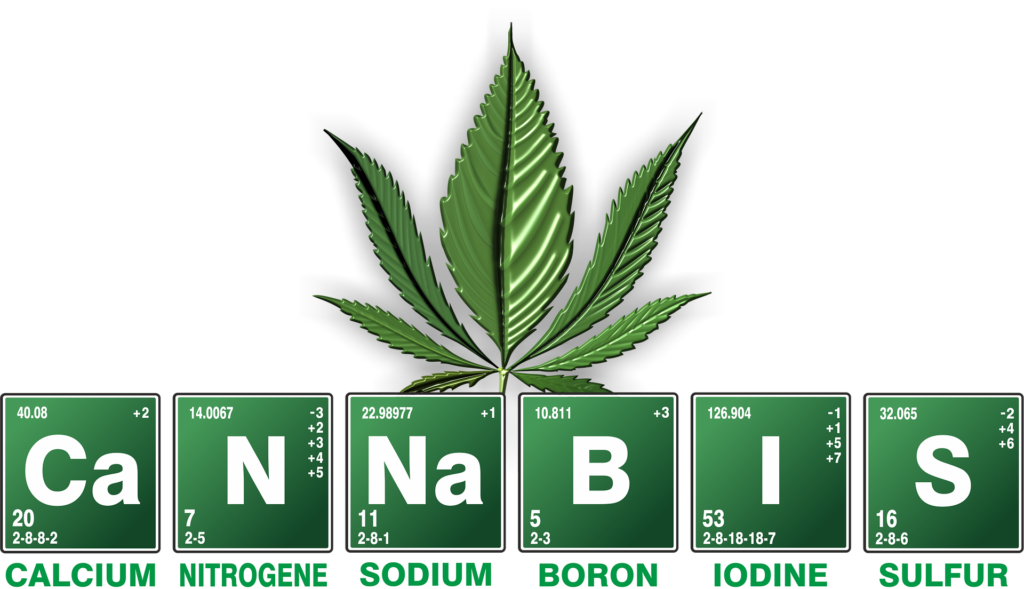
Cannabis has been used for centuries for its therapeutic effects. In recent years, there has been a resurgence in interest in the plant and its potential medical uses. There is now a growing body of scientific evidence to support the use of cannabis for various medical conditions. Some of the conditions that cannabis has been shown to be effective for include chronic pain, anxiety, depression, and seizures. If you are considering using cannabis for therapeutic purposes, it is important to consult with a healthcare professional to ensure that it is safe and legal to do so in your jurisdiction. In some areas, cannabis may only be available for medical use. This blog post will explore some of the science behind the therapeutic effects of cannabis.
Therapeutic Effects of Cannabis, Cannabis, Marijuana Benefits
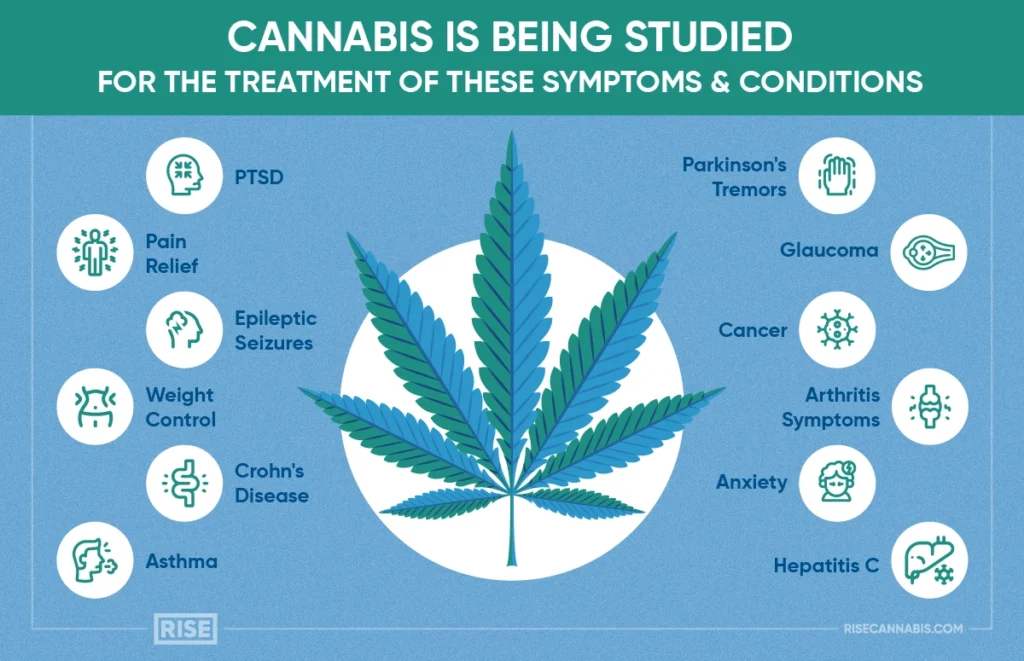
Cannabis has been used for medicinal purposes for centuries. The first recorded use of cannabis as a medicine was in 2737 BC by the Chinese Emperor Shen Nung. Cannabis was introduced to the Western world in 1839 by William O’Shaughnessy, an Irish doctor living in India. He observed its effects on patients suffering from rabies, cholera, and tetanus.
In the early 1900s, medical cannabis was used to treat a wide range of conditions including labor pain, headaches, and insomnia. By the mid-1900s, cannabis had fallen out of favor with the medical community due to the availability of more effective medications. In recent years, there has been a resurgence in interest in medical cannabis due to its potential efficacy in treating a number of conditions.
Cannabis has been shown to be effective in treating a variety of conditions including:
Chronic pain: Cannabis has been shown to be effective in treating chronic pain. A number of studies have shown that cannabis can reduce pain levels in patients with conditions such as fibromyalgia and multiple sclerosis.
Nausea and vomiting: Cannabis has long been used as an effective treatment for nausea and vomiting associated with cancer chemotherapy. A number of studies have shown that cannabis is more effective than placebo in reducing chemotherapy-induced nausea and vomiting.
Anorexia: Cannabis has been shown to increase appetite and calorie intake in patients with anorexia nervosa. A number of studies
The ECS System
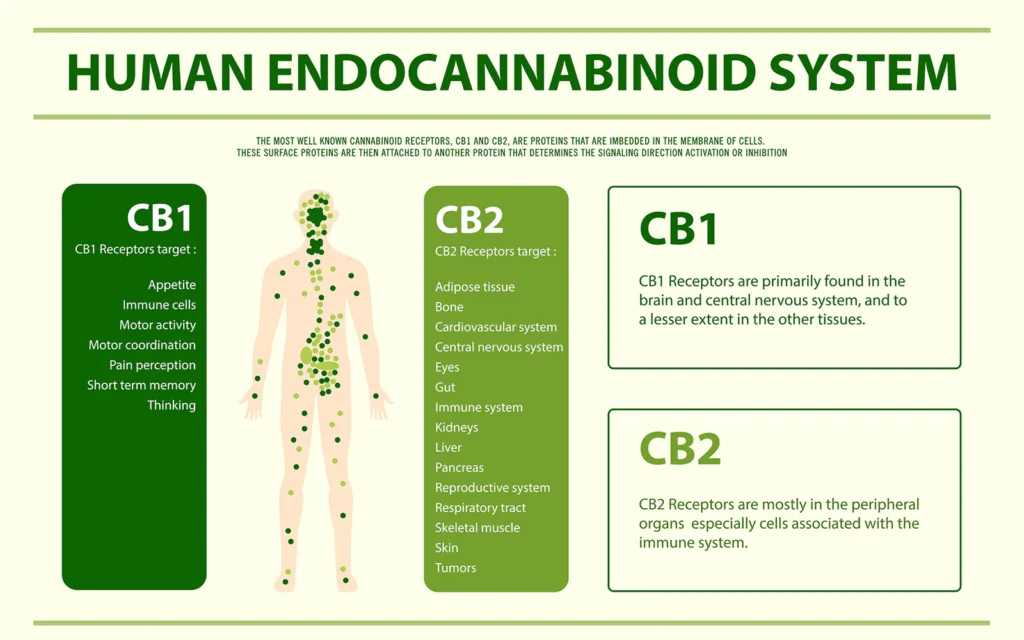
The ECS system is a network of cannabinoid receptors found throughout the body. These receptors are involved in a variety of physiological processes, including pain sensation, appetite, memory, and mood. Cannabis contains compounds that interact with this system, known as cannabinoids. The most well-known cannabinoid is THC, which is responsible for the psychoactive effects of cannabis. CBD is another cannabinoid with therapeutic potential. Unlike THC, CBD does not produce a high or intoxication. Instead, it has been shown to have anti-inflammatory, analgesic, and anxiety-reducing properties.
THC
THC, or tetrahydrocannabinol, is the main psychoactive compound in cannabis. It is responsible for the plant’s notorious mind-altering effects. THC interacts with the brain’s endocannabinoid system, which regulates a wide range of functions including mood, memory, appetite, and pain perception.
The therapeutic effects of THC are numerous and well-documented. Cannabis has been shown to be effective in treating a variety of conditions, including:
-Chronic pain
-Inflammation
-Nausea and vomiting
-Muscle spasms
-Anxiety and depression
-Insomnia
-PTSD
CBD
CBD is a cannabinoid found in cannabis that has been shown to have therapeutic effects. CBD can help to relieve pain, anxiety, and inflammation. It has also been shown to be effective in treating seizures and other neurological disorders.
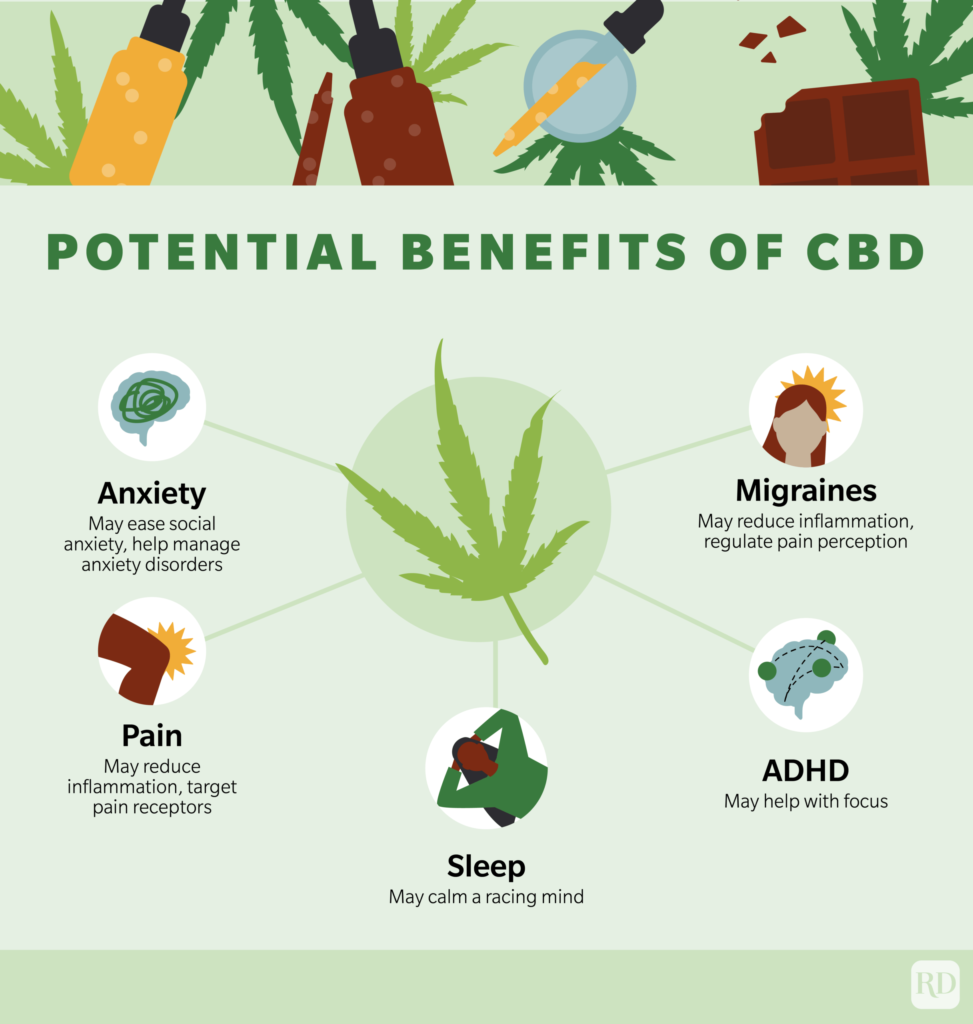
Other cannabinoids
Cannabinoids are the active chemicals in cannabis. There are over 100 different cannabinoids, but the two most well-known are THC and CBD. THC is the cannabinoid that gets you high, while CBD is the cannabinoid that has medicinal properties.
Other cannabinoids include CBN, CBG, and CBC. These cannabinoids also have medicinal properties, but they are not as well-known as THC and CBD. Cannabinoids work by binding to receptors in the body, which alters various biochemical processes.
The therapeutic effects of cannabis depend on the specific cannabinoid. For example, THC is known for its analgesic (pain-relieving) properties, while CBD is known for its anti-inflammatory properties. Each cannabinoid has a different effect on the body, so it’s important to know which one you need for your specific condition.
Therapeutic effects of cannabis
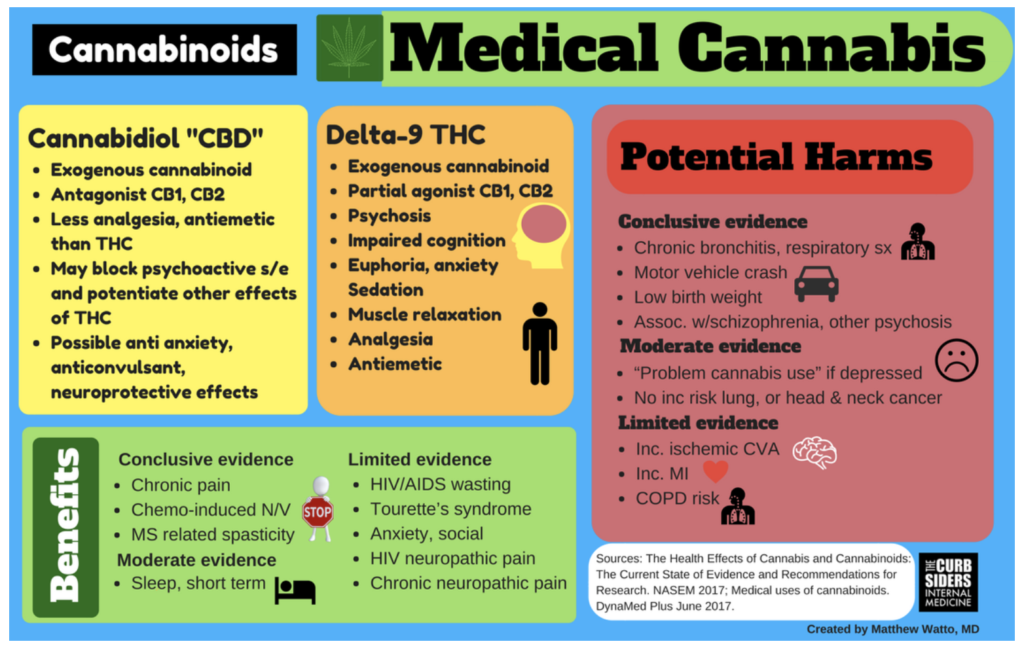
The therapeutic effects of cannabis are vast and varied. Some of the most commonly reported therapeutic effects include relief from anxiety, depression, and chronic pain. Cannabis has also been shown to be effective in treating other conditions such as ADHD, PTSD, and epilepsy.
One of the most well-known and researched therapeutic effects of cannabis is its ability to relieve pain. Cannabis has been shown to be effective in treating both acute and chronic pain. In some cases, it can even be more effective than traditional pain medications.
Cannabis is also commonly used to treat anxiety and depression. Many people find that cannabis helps to reduce anxiety and improve mood. This is likely due to the fact that cannabis interacts with the body’s endocannabinoid system, which regulates mood and emotion.
Other less well-known but nonetheless potentially powerful therapeutic effects of cannabis include its ability to treat ADHD, PTSD, and epilepsy. A growing body of research suggests that cannabis may be an effective treatment for these conditions.
Conclusion
Cannabis has been shown to have a variety of therapeutic effects, including reducing anxiety and pain, improving sleep, and more. If you’re considering using cannabis for its therapeutic benefits, be sure to talk to your doctor first to see if it’s right for you. And remember, always start with a low dose and increase gradually as needed.

